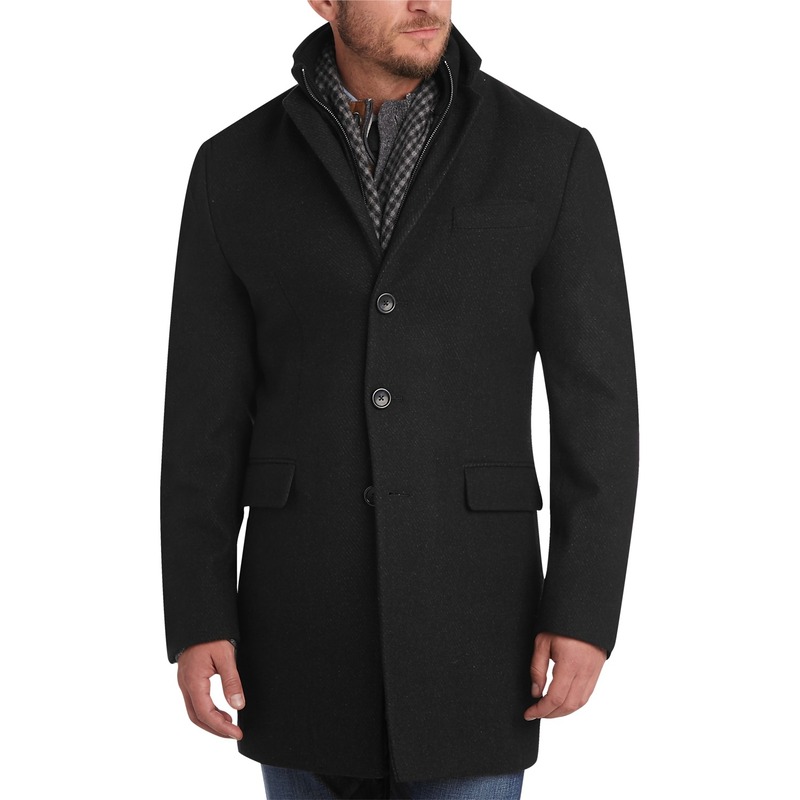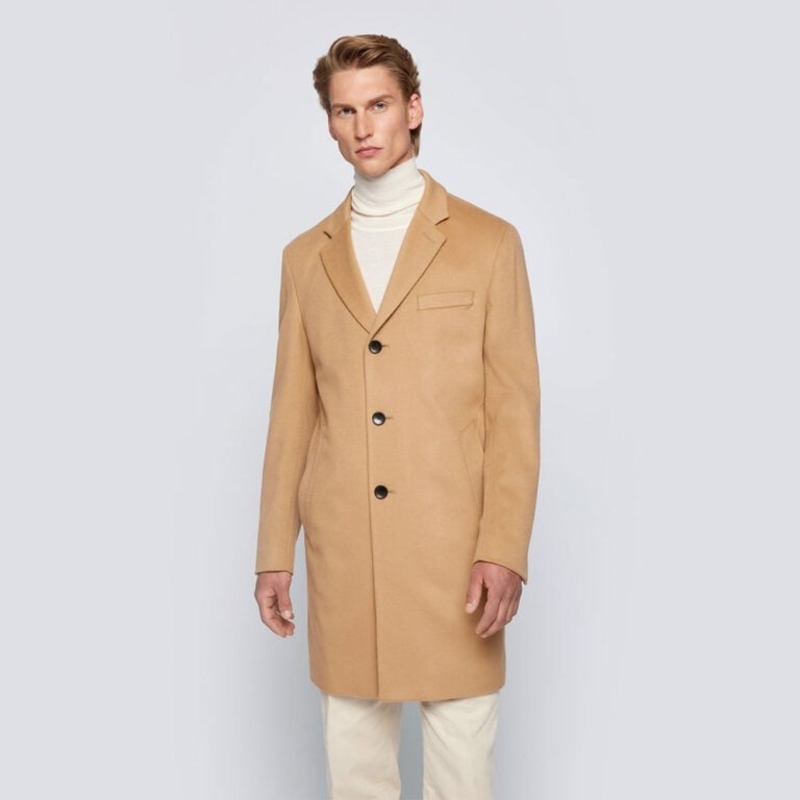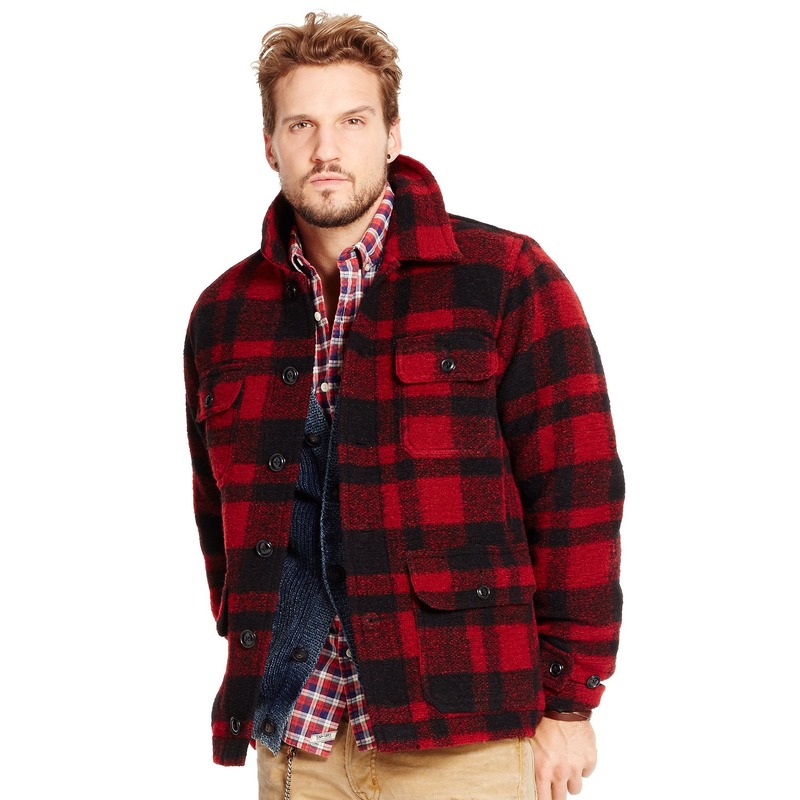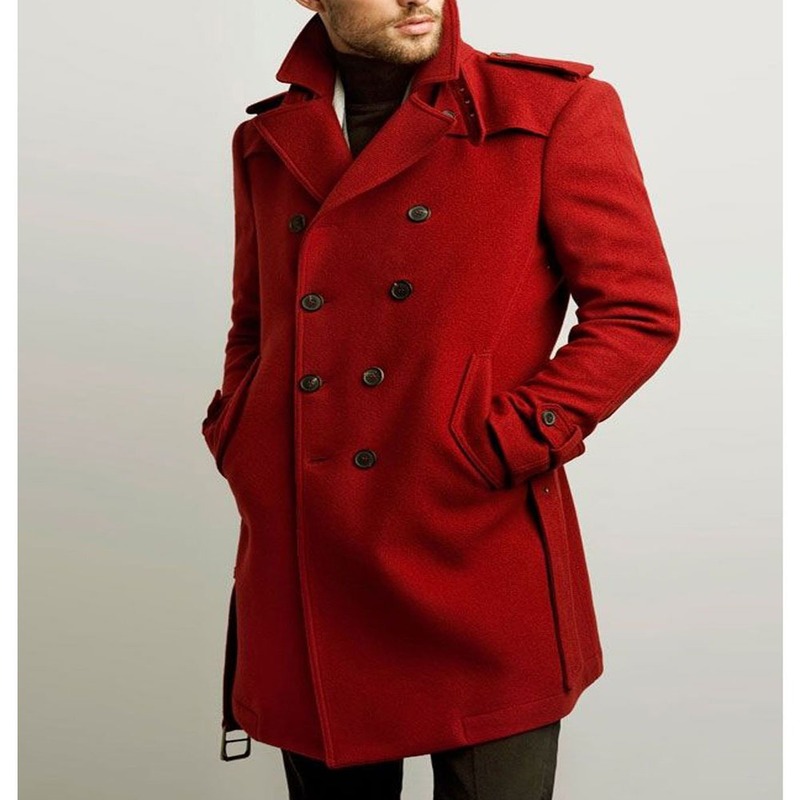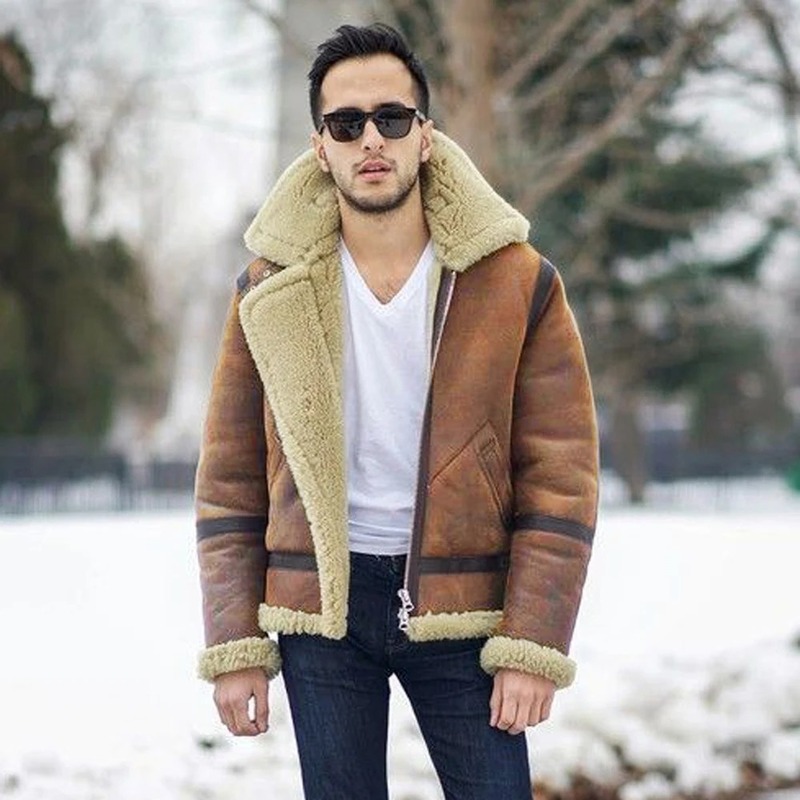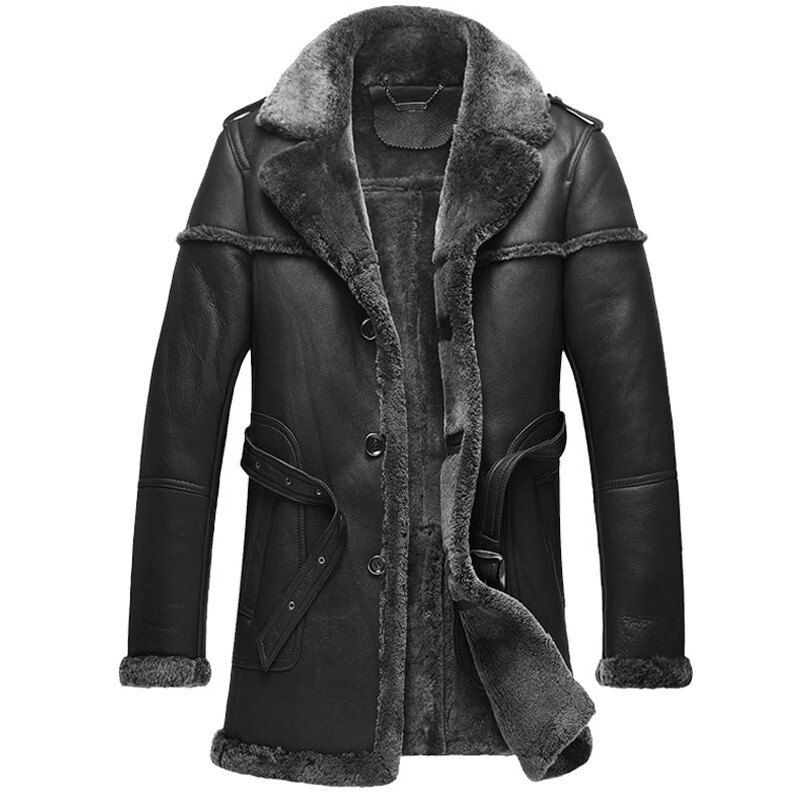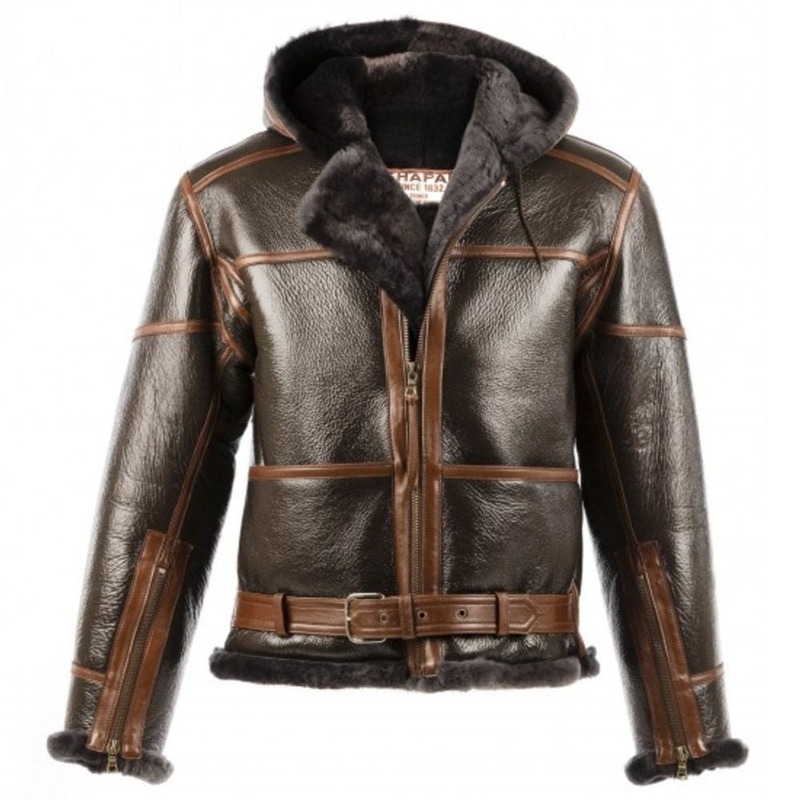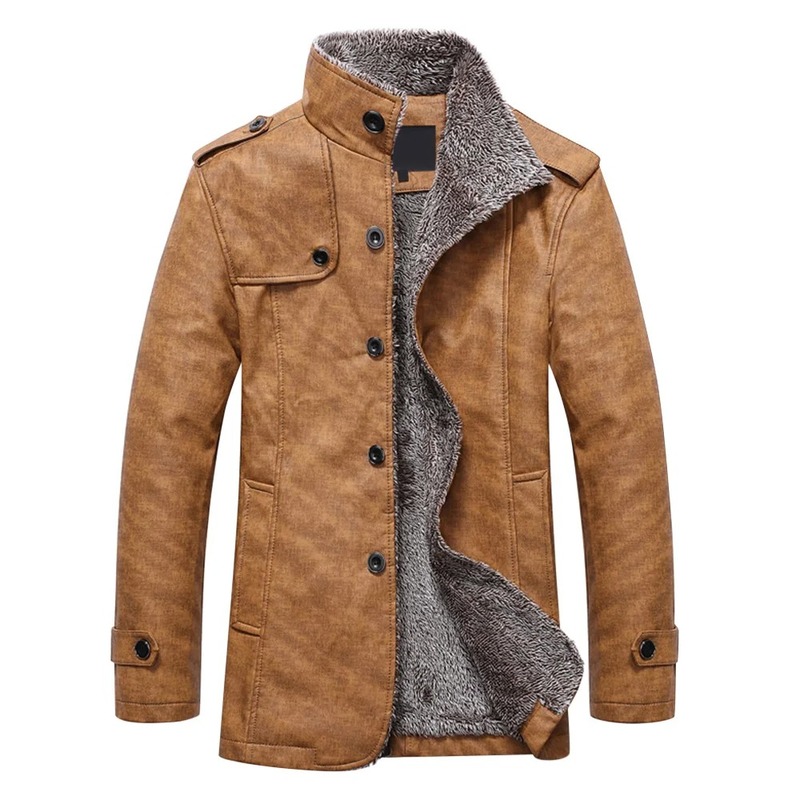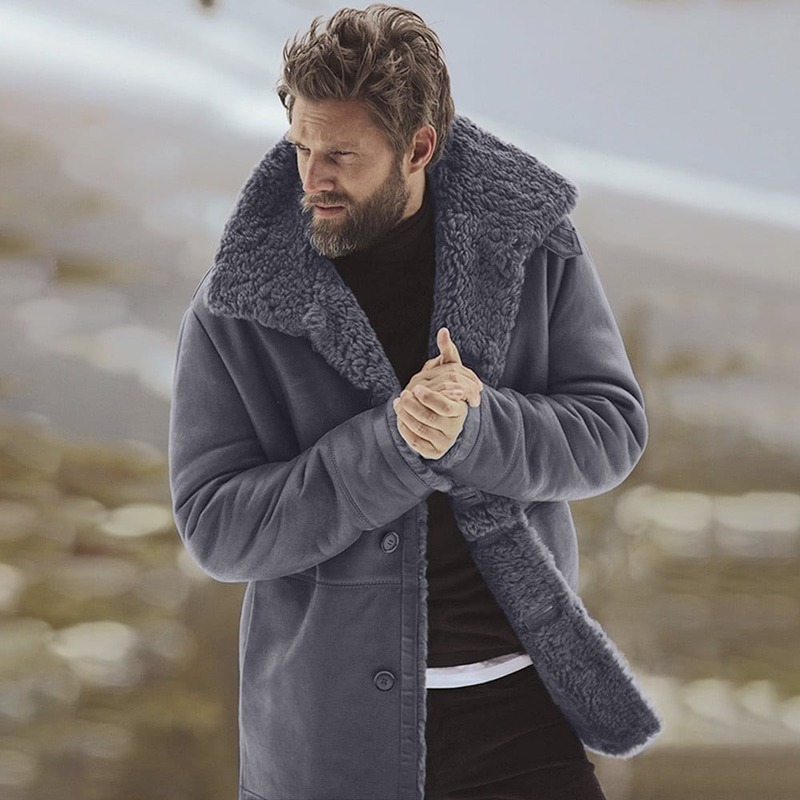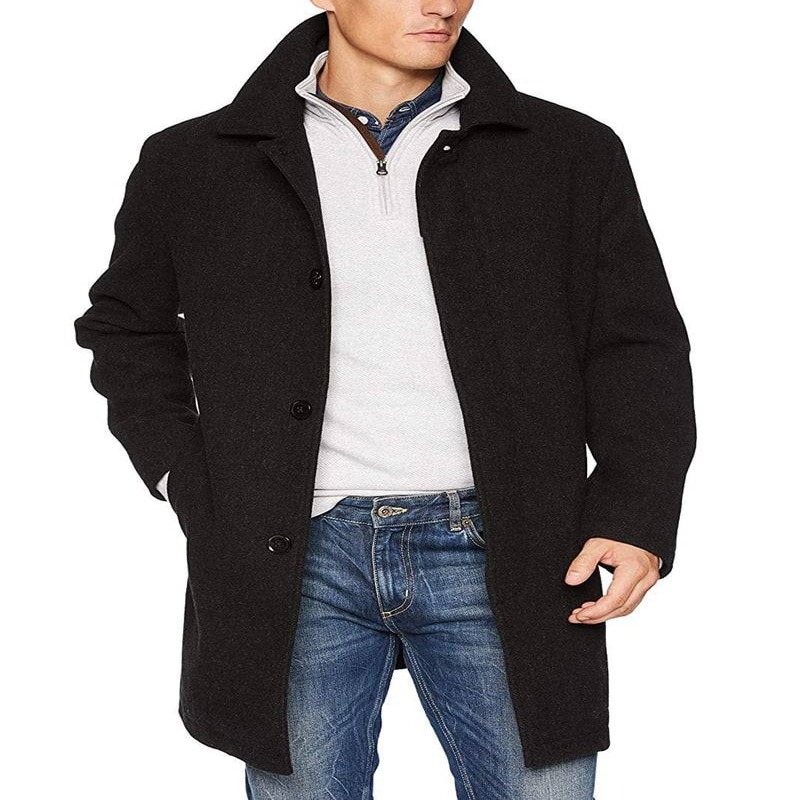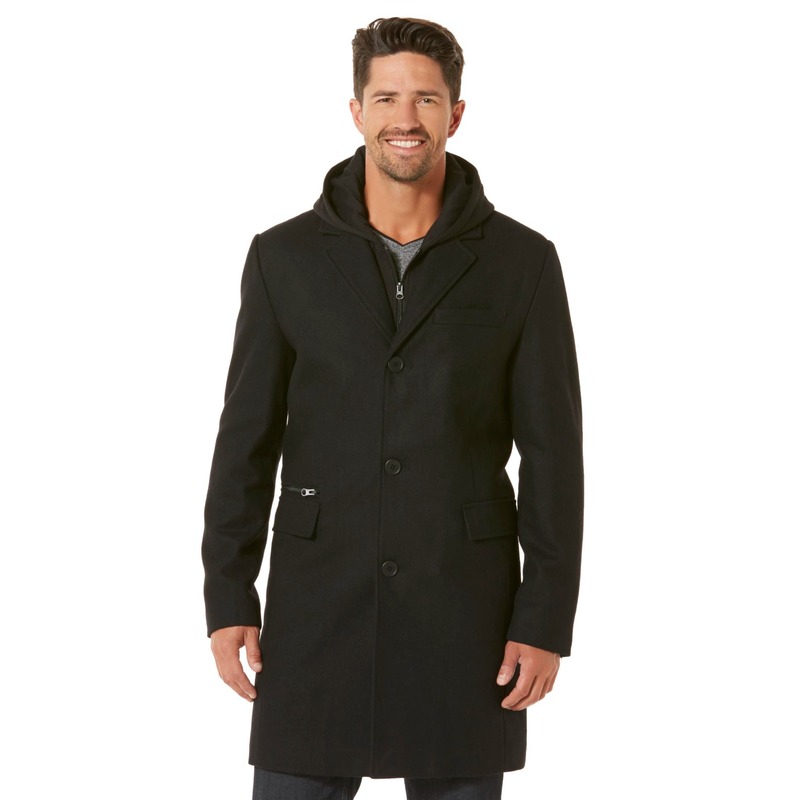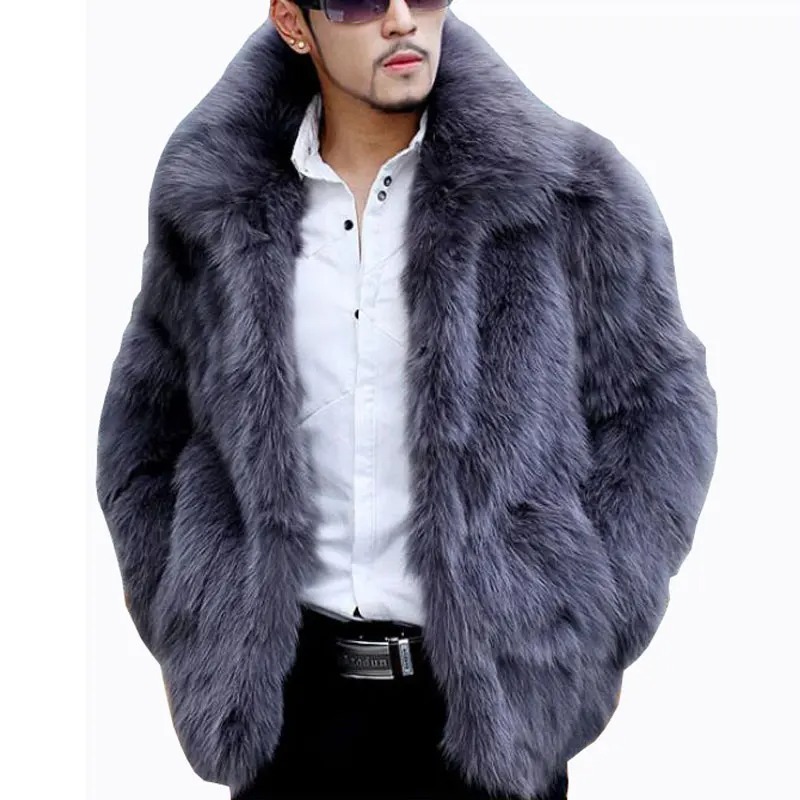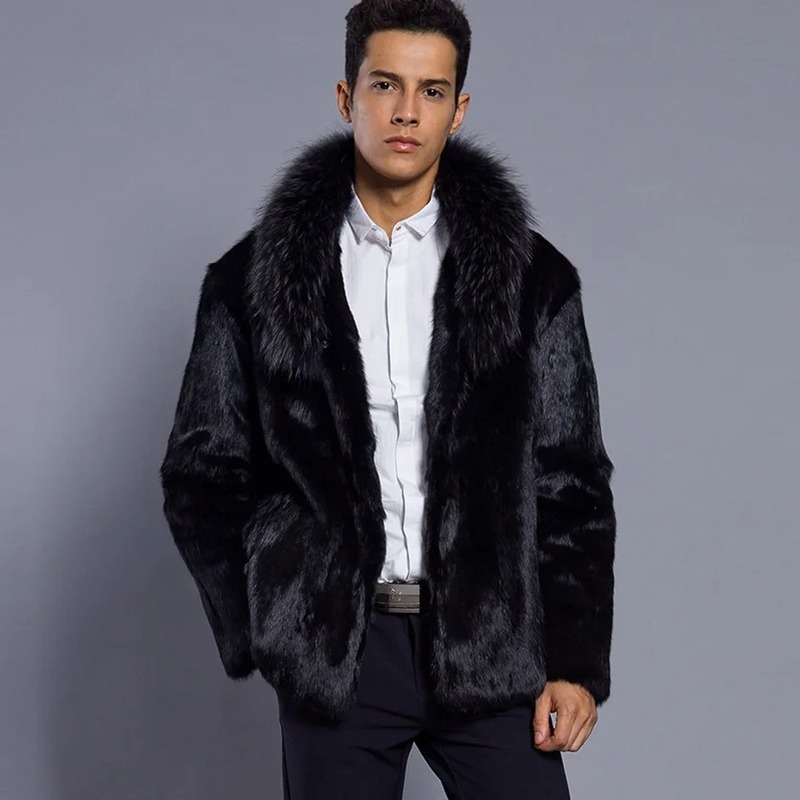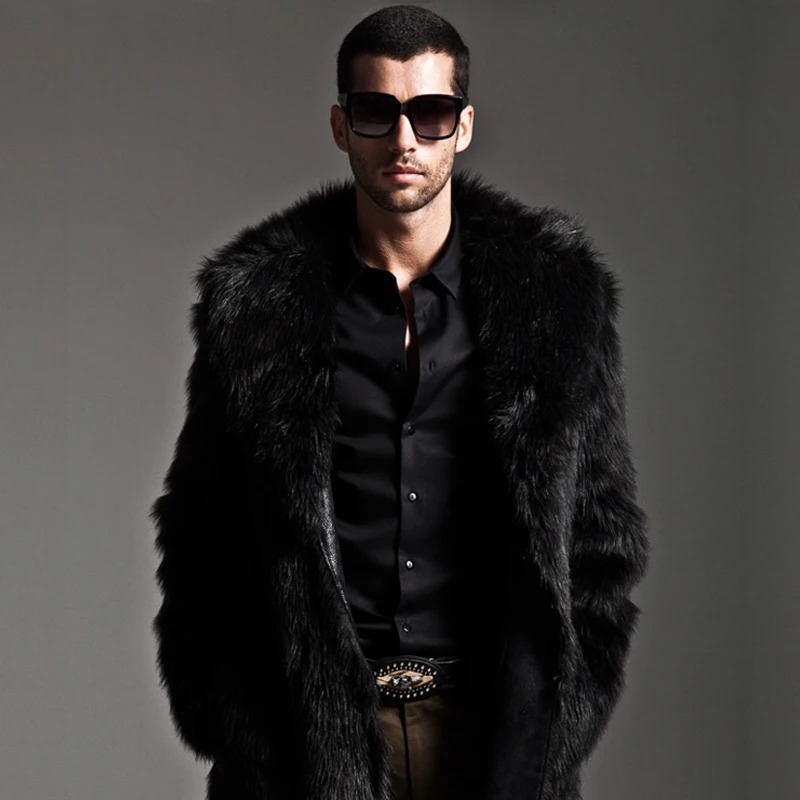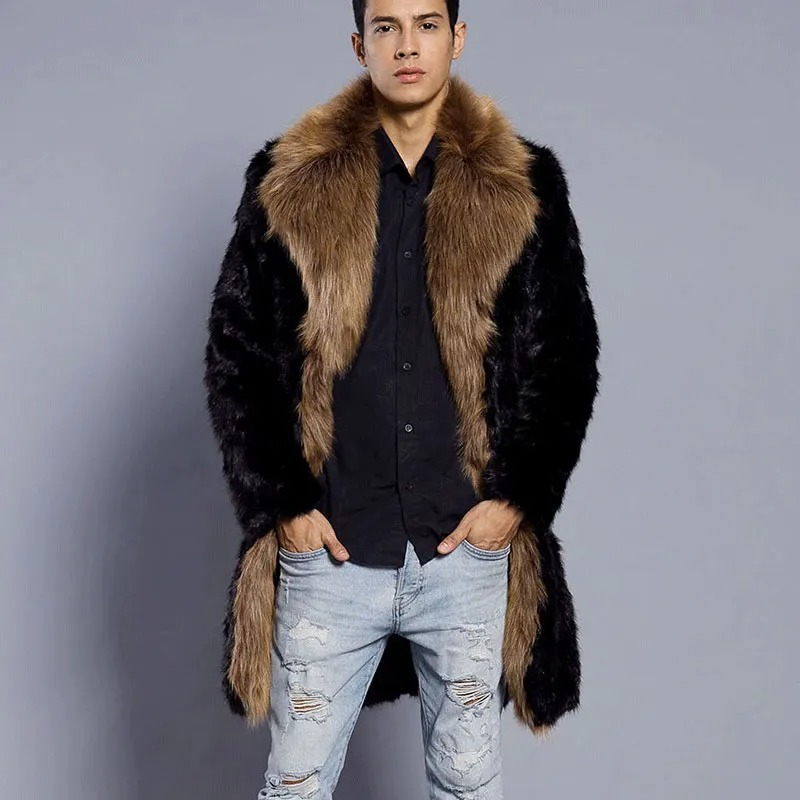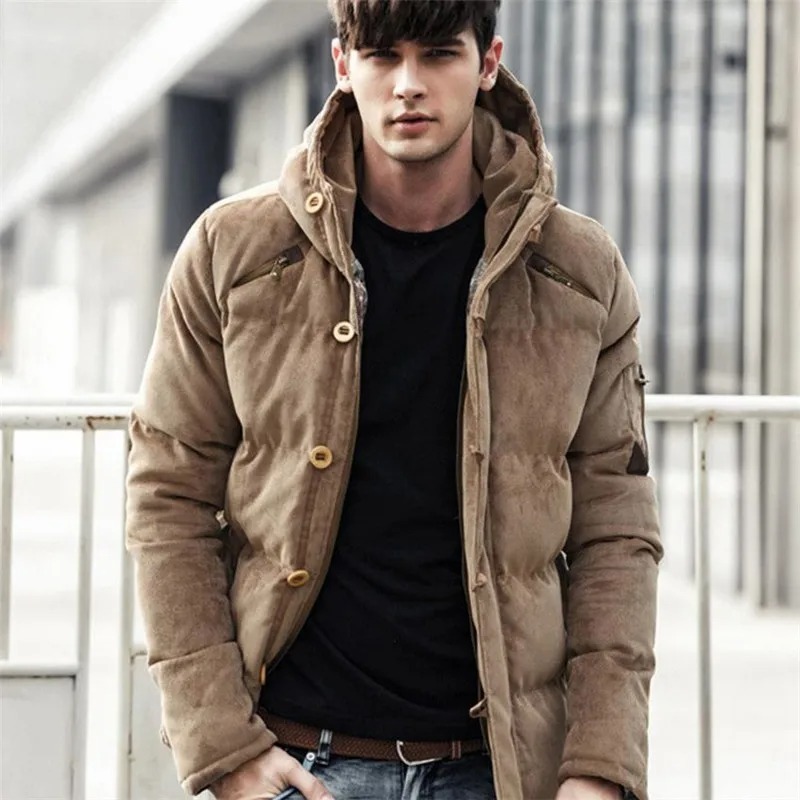
Introduction to Winter Coat Styles
As the mercury dips, a reliable winter coat becomes a must-have in your wardrobe. Choosing the right style not only keeps you warm but also complements your fashion preferences. Winter coats come in various styles, each with its own appeal. These range from classic trench coats and chic puffers to functional parkas and elegant wool overcoats. A trench coat, with its belted waist, offers a timeless look suitable for both casual and formal wear. Puffer coats, filled with down or synthetic fibers, provide excellent insulation while adding a trendy edge to your outfit. Parkas are perfect for extreme cold conditions, often featuring a fur-lined hood and waterproof exterior. Wool overcoats are a staple for their warmth and sophisticated silhouette.
When selecting a winter coat, consider the different styles in relation to your body type and individual style. Petite figures may opt for mid-length styles to avoid being overwhelmed, while taller frames can carry longer coats with ease. Don’t forget to factor in the coat’s texture, color, and pattern. Woolen coats offer a variety of textures from smooth to herringbone, while puffer coats come in a vast array of vibrant colors and even metallic finishes. The right winter coat not only provides warmth but also an opportunity to showcase your personal style during the colder months.
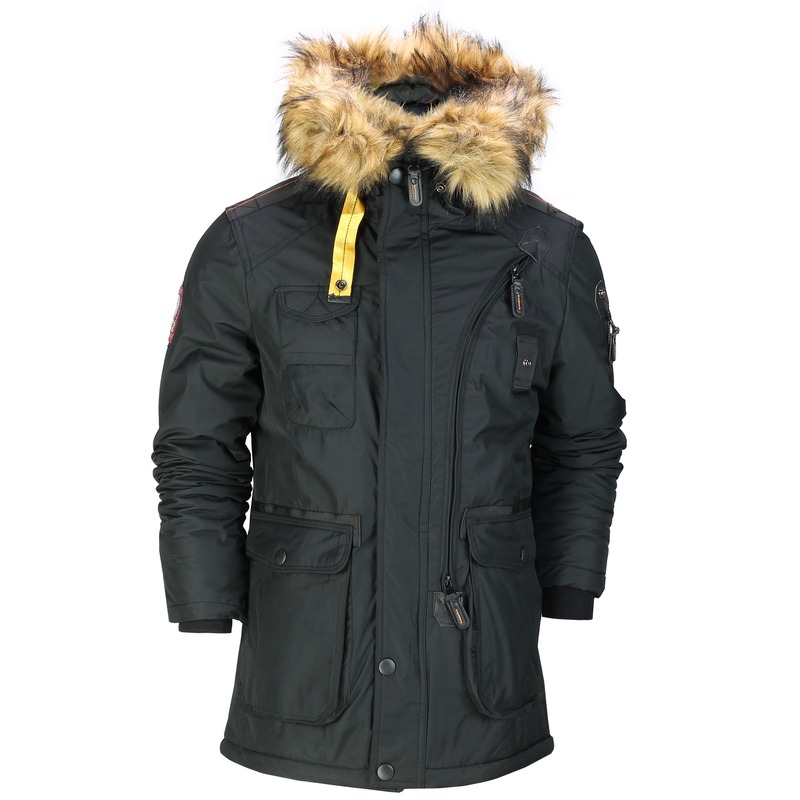
The Importance of Material and Insulation
When picking a winter coat, material and insulation are key. They trap heat and keep out cold. Your comfort and protection against the elements hinge on these factors. Here’s how to weigh your options:
- Consider Wool: Wool is renowned for its warmth and breathability. A woolen winter coat is a classic choice and typically suitable for varied climates.
- Down Insulation: Coats with down provide excellent warmth-to-weight ratio. They are light yet very warm, ideal for severe cold.
- Synthetic Fibers: These are a practical alternative to down. Good for wet climates, synthetic insulated coats retain warmth even when damp.
- Layering Potential: Check if the coat allows for layering underneath. This adds versatility in fluctuating temperatures.
- Weatherproofing: For rain, sleet, or snow, materials like Gore-Tex are great. They are waterproof yet breathable.
Remember, the right mix of material and insulation in your winter coat will ensure you stay warm, dry, and stylish throughout the cold season.
Assessing Your Personal Style
When hunting for the perfect winter coat, consider your personal style fundamental. Your coat can be a bold statement or a subtle complement to your everyday look. Reflect on your wardrobe and the image you want to project. Here are key points to consider when matching a winter coat to your style:
- Lifestyle Compatibility: Think about your daily activities. Do you need a coat for a formal work environment, or something more casual?
- Expressing Individuality: Choose a coat that reflects your personality. Maybe a colorful puffer speaks to your vibrant energy, or a sleek wool overcoat matches your sophisticated vibe.
- Outfit Coordination: Visualize how the winter coat will work with your existing outfits. Aim for versatility to get the most wear.
- Trend vs. Timelessness: Decide if you prefer a trendy winter coat that makes a seasonal splash or a timeless piece that endures through the years.
- Comfort and Confidence: Above all, your winter coat should make you feel comfortable and confident. If it doesn’t fit well or suit your style, you’re less likely to wear it.
Your personal style is unique to you. Whether it’s edgy, classic, sporty, or chic, your winter coat is an extension of your fashion identity. It’s worth investing time to find a winter coat that feels like a natural addition to your unique style portfolio.
The Role of Functionality in Winter Coats
When choosing a winter coat, its functionality is as crucial as its style. Functionality means how well a coat meets your practical needs. Below are key aspects to evaluate in terms of functionality:
- Weather Suitability: The coat should protect you in the weather conditions you face. For snowy areas, look for waterproof and windproof features.
- Ease of Movement: Check if the coat allows freedom. You should be able to move without feeling tight or uncomfortable.
- Pockets and Closures: Good storage options are important. Look for secure zippers and accessible pockets for your items.
- Hood or No Hood: Decide if you need a hood for added protection against wind and rain.
- Durability: Opt for a winter coat made to last. Durable fabrics and strong stitching will endure rough use and weather.
- Maintenance: Consider how easy it is to clean. Some coats require special care, which can be time-consuming and costly.
Remember, when you’re out braving the cold, your winter coat’s functionality ensures you stay warm, dry, and comfortable. Choose a coat that’s equipped to handle everything winter throws your way. This balance of functionality with style is key to finding a coat you’ll love wearing all season long.
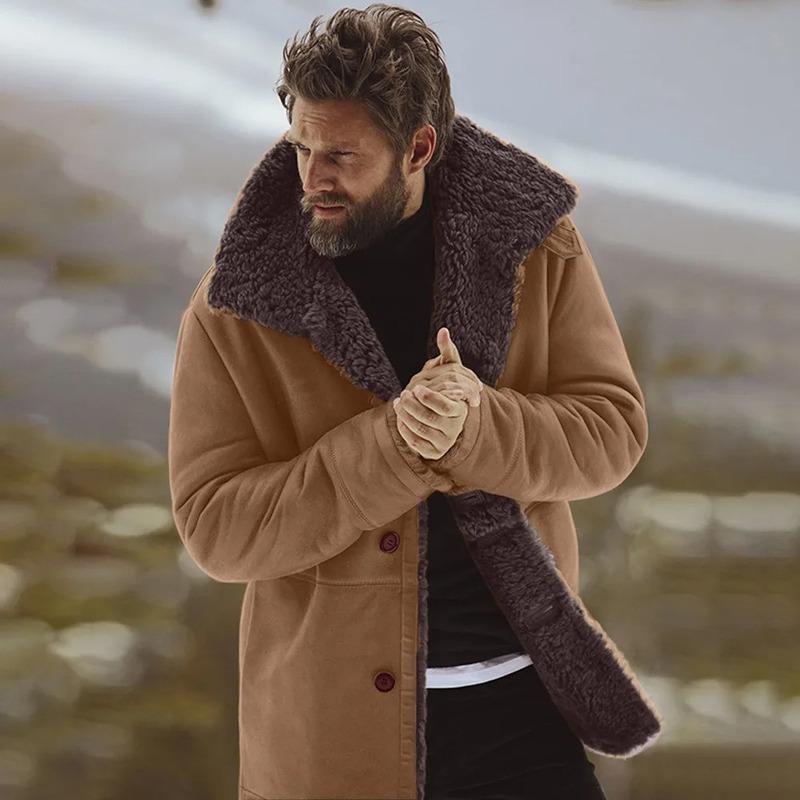
Key Features to Look for in a Winter Coat
When hunting for the perfect winter coat, keep an eye out for features that enhance both comfort and style. Here are crucial elements to consider:
- Insulation Quality: The coat’s warmth depends on this. High-quality insulation keeps you toasty in freezing temperatures.
- Water Resistance: This is vital for staying dry. Look for coats with waterproof materials or treatments.
- Fit and Cut: The right fit flatters your figure and allows for layering. A well-cut coat moves with you, never restricting.
- Hood: A detachable or well-insulated hood offers versatility and extra warmth when needed.
- Adjustable Features: Elements like cuffs, waist drawstrings, or collars should be adjustable for customized protection.
- Pocket Placement and Size: Pockets should be easy to reach and spacious enough for your essentials.
- Zippers and Buttons: Durable closures are a must. They should operate smoothly and withstand regular use.
- Lining: A soft and warm lining increases comfort, especially when in contact with your skin.
- Style Elements: Look for timeless details that align with your style, like faux fur trim or unique buttons.
- Ease of Care: If you’re not up for frequent dry cleaning, choose a winter coat that’s easy to wash and maintain.
Prioritizing these features will guide you to a winter coat that not only looks great but also serves its purpose effectively. Remember, a winter coat is an investment in your comfort and health during the cold season. Take the time to find one that ticks all the boxes for your needs and preferences.
Popular Winter Coat Trends
When it comes to staying on trend with your winter coat, there’s a variety to choose from. Each year, designers introduce new features, colors, and styles that capture the season’s mood. As an SEO expert and a keen fashion observer, I’ve noticed several trends that have been gaining popularity in recent years. Here are some of the most talked-about winter coat trends:
- Bold Colors and Patterns: Gone are the days of only dull winter colors. Vibrant hues and bold patterns are now in, giving life to gloomy days.
- Eco-Friendly Materials: As sustainability becomes more important, eco-friendly materials are trending. Coats made from recycled fabrics or ethical down are sought after.
- Oversized Fits: Comfort meets style with oversized winter coats. They allow for easy layering and provide a relaxed, yet chic look.
- Technical Fabrics: Coats with technical advancements for extra warmth and dryness, like those using high-tech insulations, are a hit.
- Faux Fur Accents: Faux fur adds a touch of luxury and warmth. Look for faux fur collars, cuffs, or linings this season.
- Vintage Inspiration: Retro styles are making a comeback. Vintage-inspired cuts and details offer a nostalgic charm.
- Minimalist Designs: Simple, clean lines are in. Minimalist designs appeal to those seeking a sleek, unfussy look.
- Smart Storage: With tech integration in our lives, coats with smart pocket placements for devices are essential.
Remember, while keeping up with trends, choose a winter coat that aligns with your personal style and functional needs. It’s all about finding the right balance between what’s fashionable and what’s practical for your lifestyle. With these trends in mind, you’ll not only stay warm but also look stylish throughout the colder months.
How to Care for Your Winter Coat
Maintaining your winter coat is vital for its longevity and performance. Here’s a concise guide for proper care:
- Read the Label: Always start by referring to the care instructions provided by the manufacturer. It will specify whether to machine wash, dry clean, or hand wash your winter coat.
- Spot Cleaning: For minor stains, spot clean with a gentle detergent. Dab gently instead of rubbing to protect the fabric.
- Washing: If machine washable, use cold water and a mild detergent. Wash on a gentle cycle to prevent damage. For woolen or delicate coats, opt for hand washing.
- Drying: Tumble dry on low heat if allowed, or air-dry your coat. Lay it flat if needed, to keep its shape. Avoid direct heat as it can damage the fibers.
- Avoiding Wrinkles: After drying, hang your coat on a sturdy hanger to prevent wrinkles. If ironing is necessary, use a low heat setting and press lightly.
- Storage: During off-seasons, store your winter coat in a cool, dry place. Use a garment bag to prevent dust build-up and protect it from moths.
- Professional Care: For coats that are dry clean only, find a trusty cleaner. Regular dry cleaning can extend your coat’s life and maintain its appearance.
Remember, taking the time to care for your winter coat will ensure it keeps you warm for many winters to come. Effective maintenance pairs with style to offer lasting comfort and presence in chilly weather.

Where to Shop for Winter Coats
Finding the perfect winter coat can be as much about where you shop as what you shop for. To ensure you find a winter coat that fits your style and function needs, consider these shopping options:
- Department Stores: They offer a wide range of brands and styles, from designer labels to budget-friendly options. You can try on various coats to find the perfect fit.
- Outdoor Retailers: If functionality and durability are your top priorities, outdoor retailers specialize in coats designed for extreme weather.
- Online Shopping: Convenient and vast, online stores provide access to countless styles and sizes. Look for sites with easy return policies.
- Boutique Shops: For those seeking unique and trendy options, boutique shops often feature up-and-coming designers’ collections.
- Second-hand Stores: For budget-savvy and environmentally conscious shoppers, thrift stores can be treasure troves for vintage and lightly used coats.
- Specialty Stores: If you need a specific type of winter coat, like a plus-size or maternity coat, specialty stores focus on these niches.
- Off-Season Sales: Buying a winter coat during spring or summer sales can score you a high-quality coat at a fraction of the cost.
Remember, when shopping for your winter coat, always keep your personal style, functionality needs, and the latest trends in mind. Take your time to explore the options and choose a coat that you will enjoy wearing throughout the cold season.


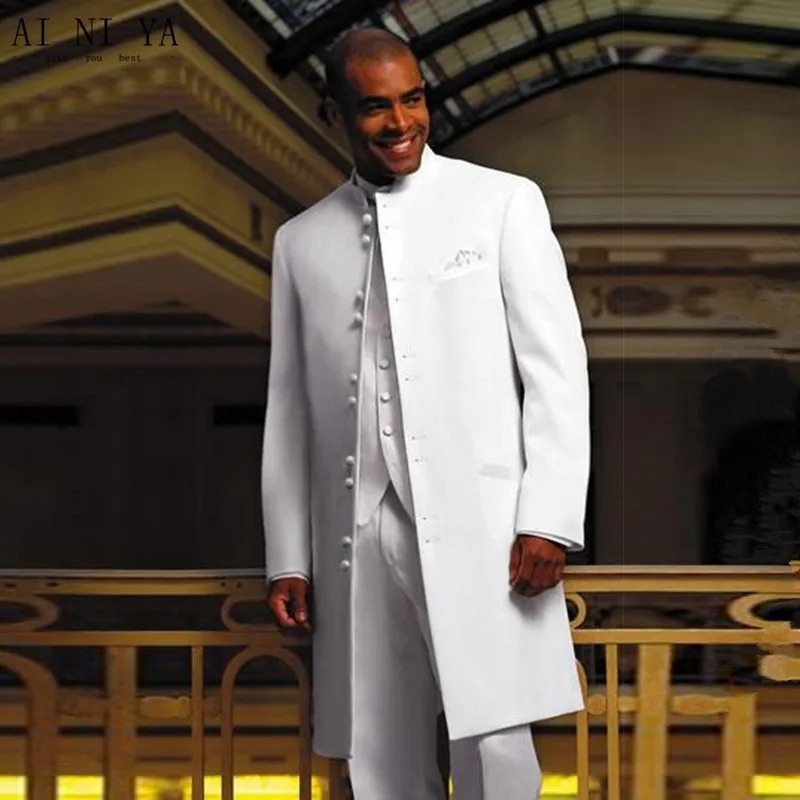
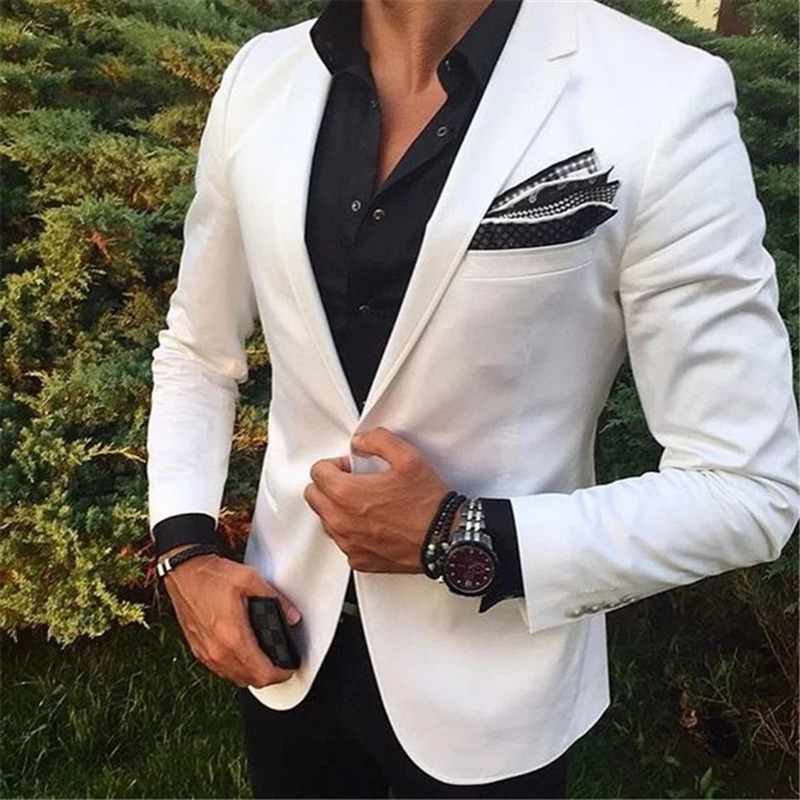
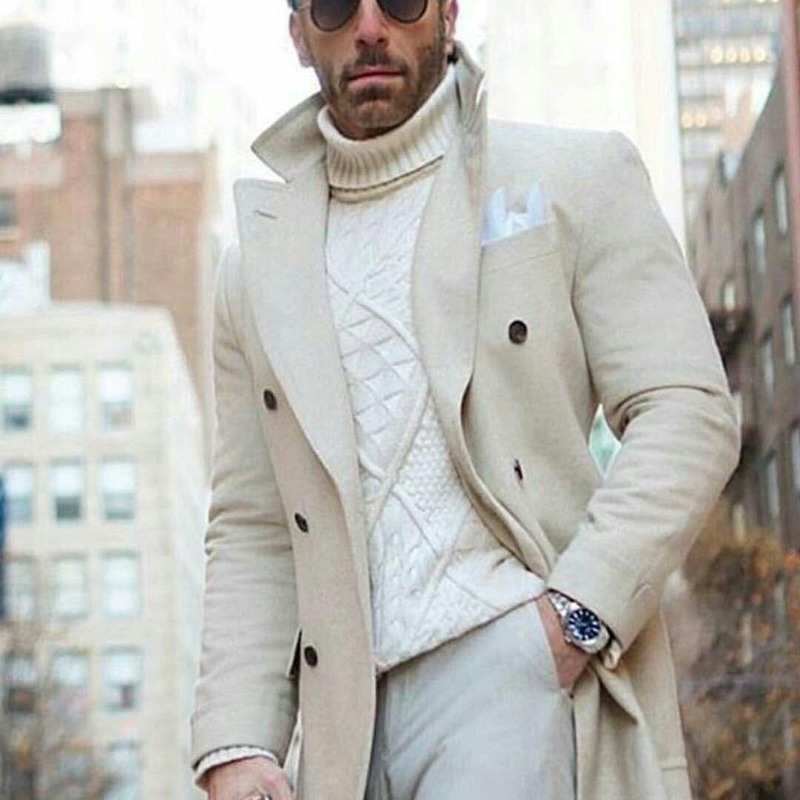
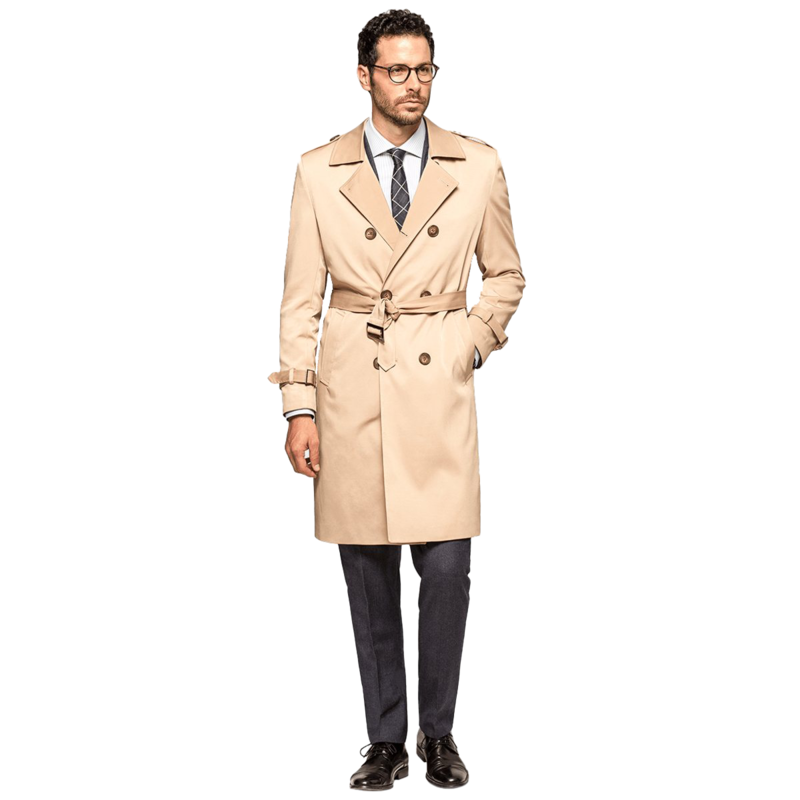
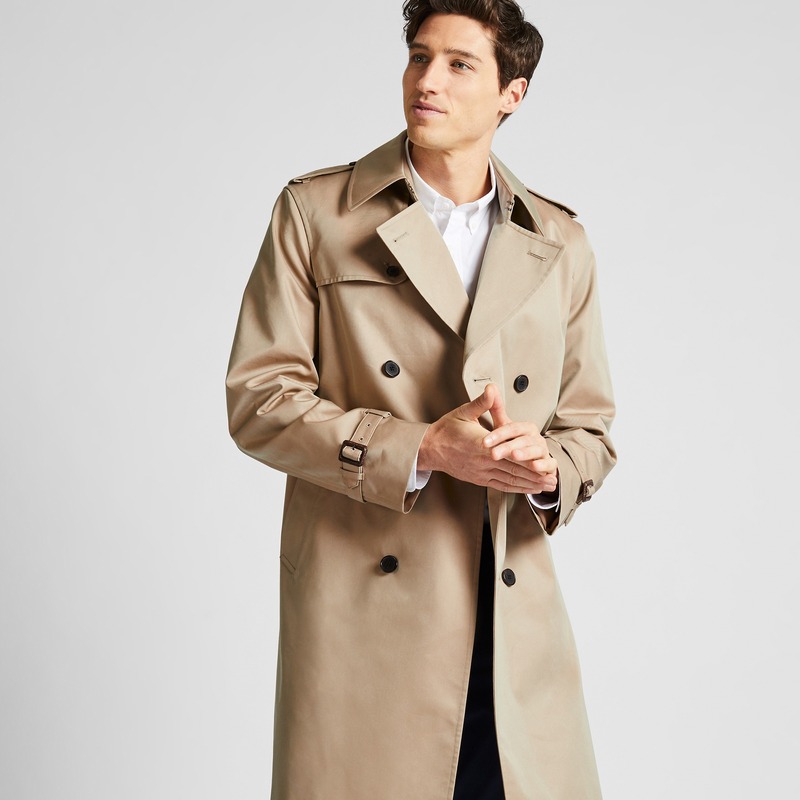
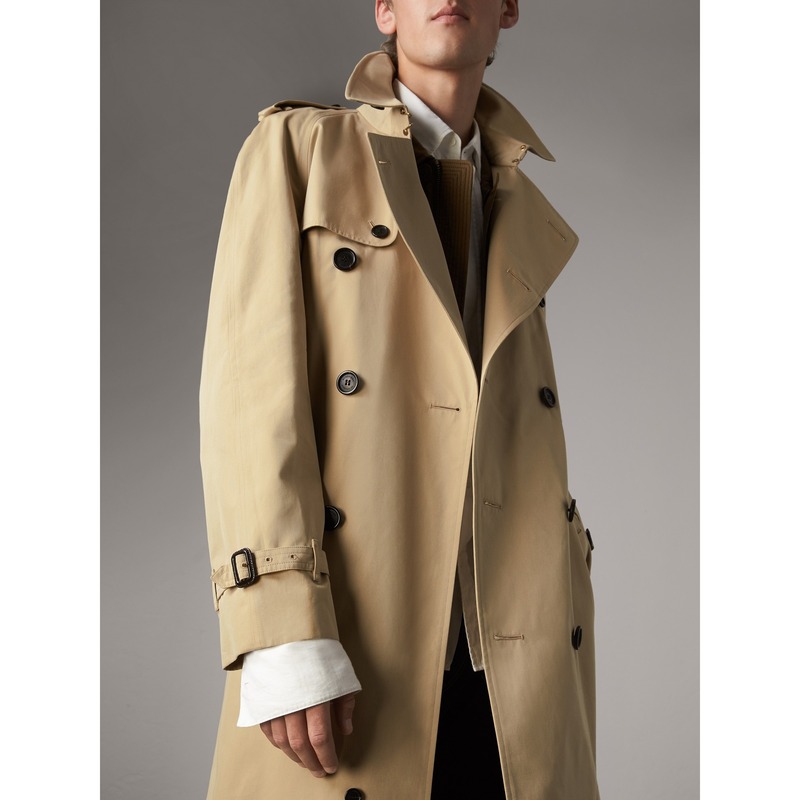
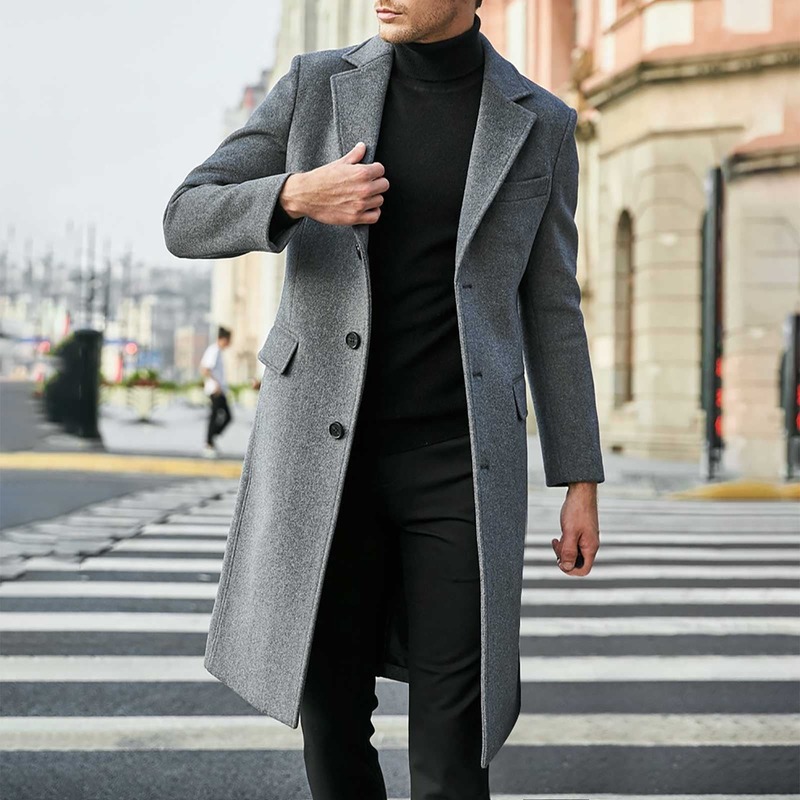
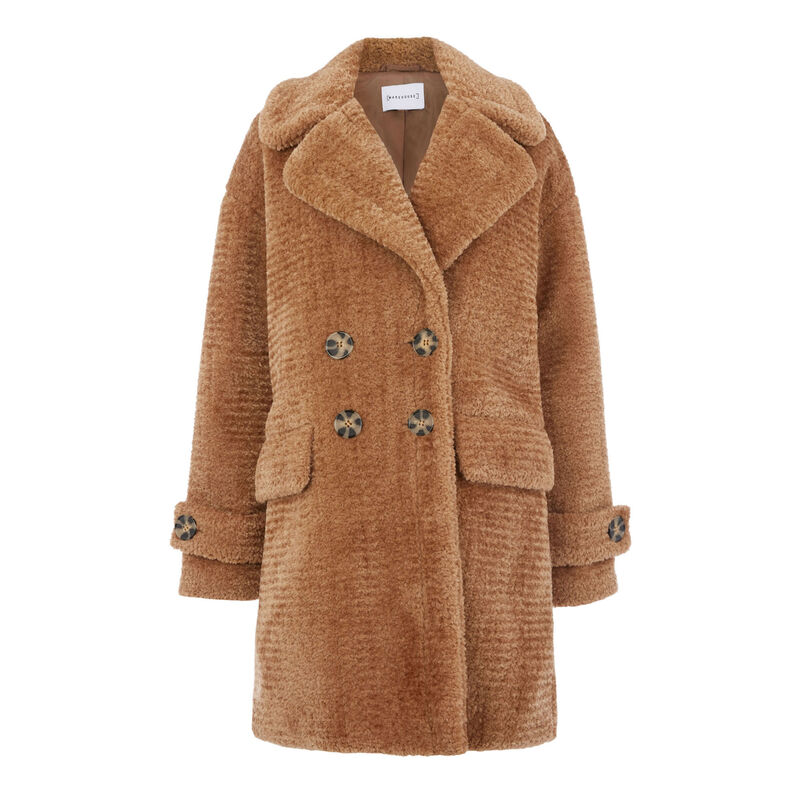

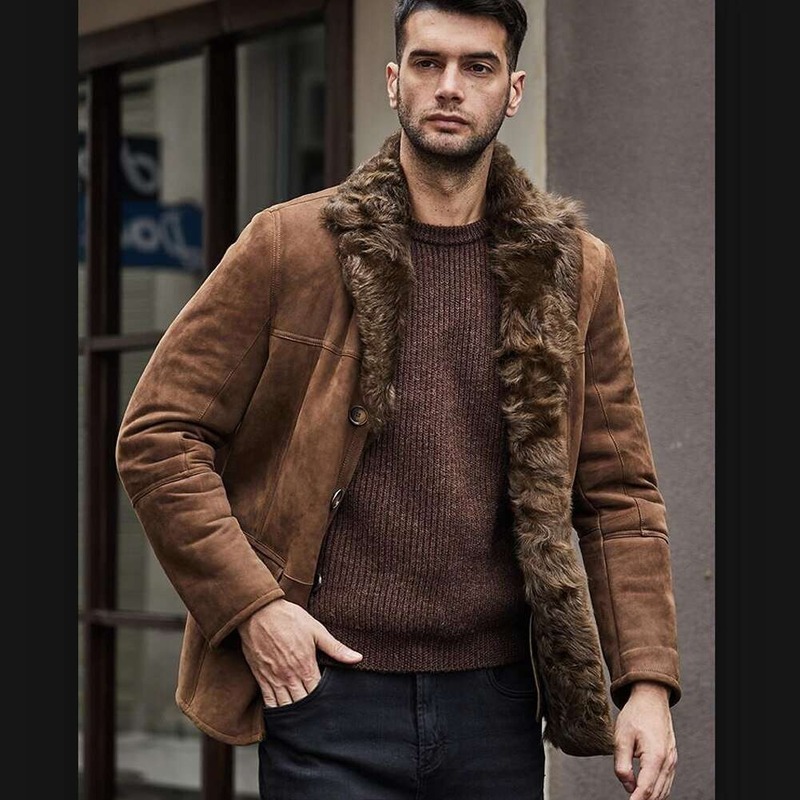
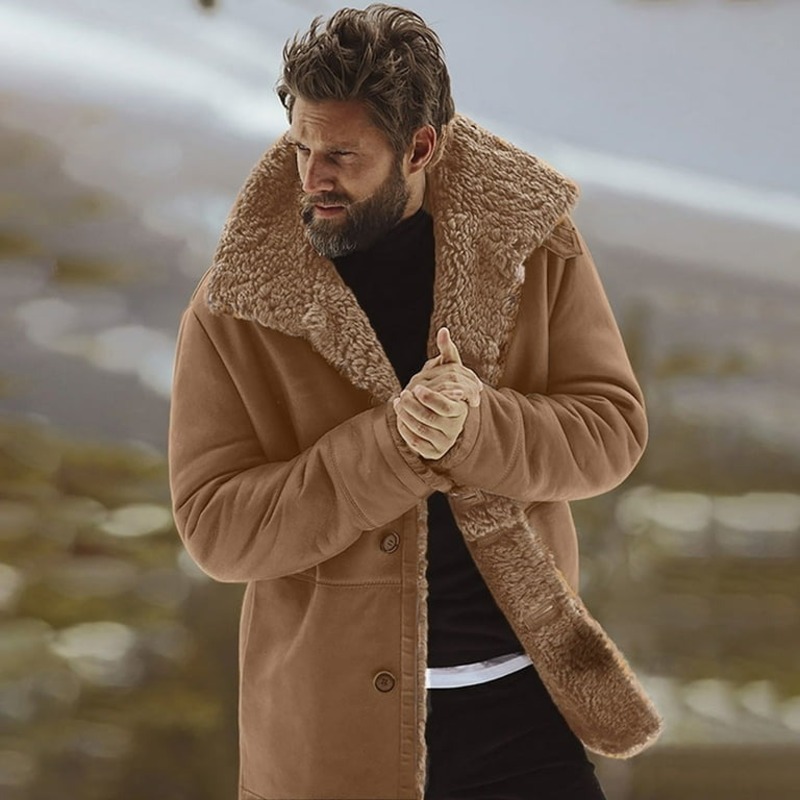
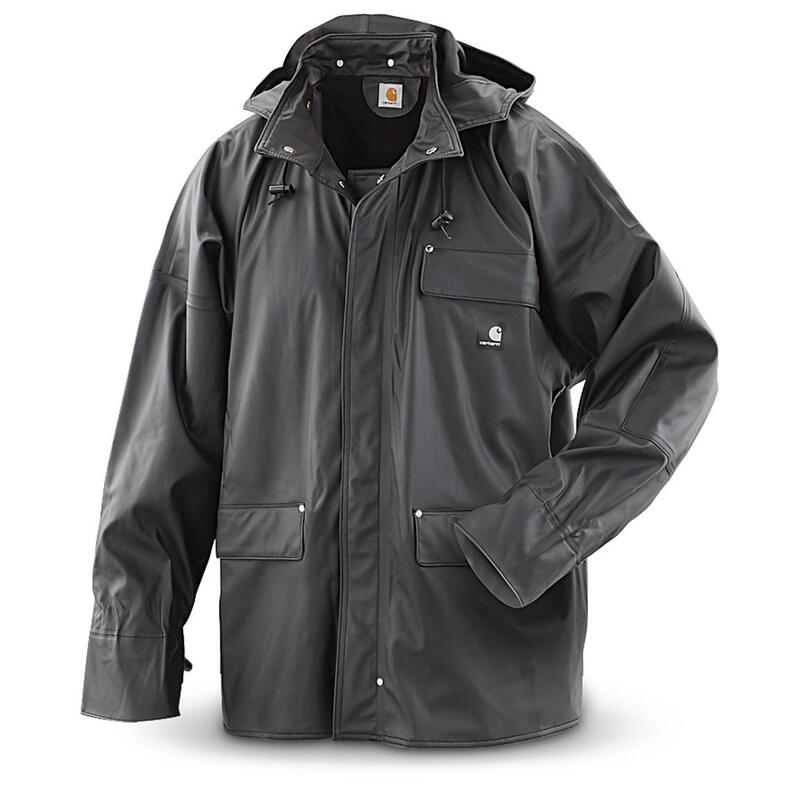
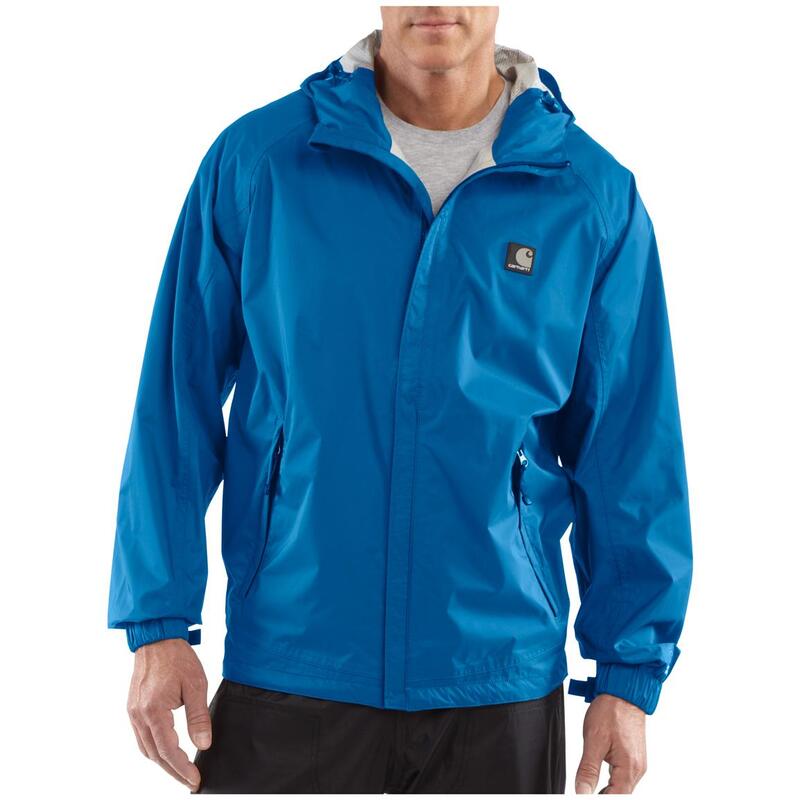
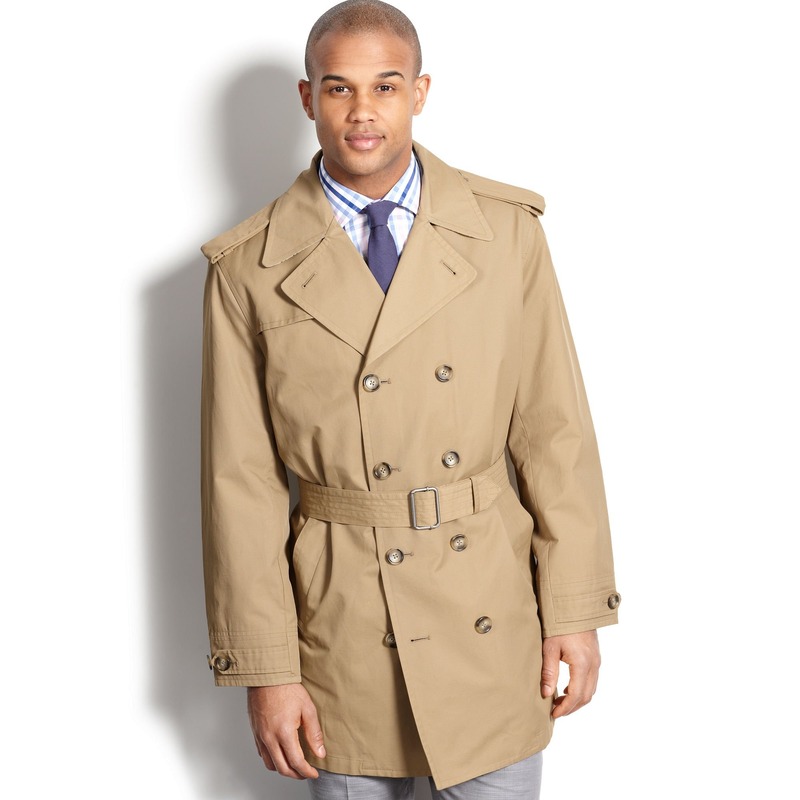
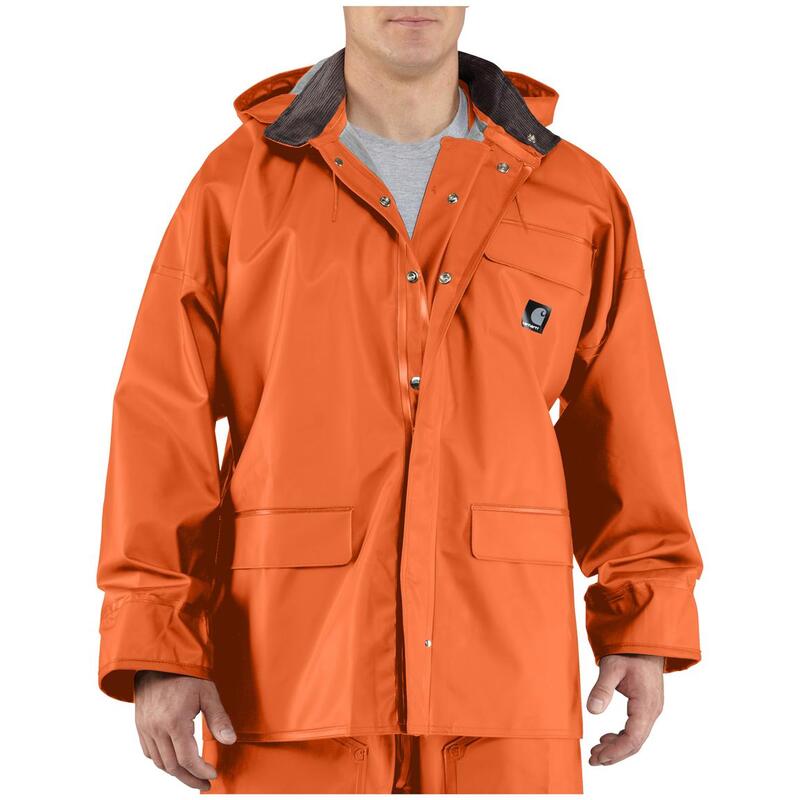
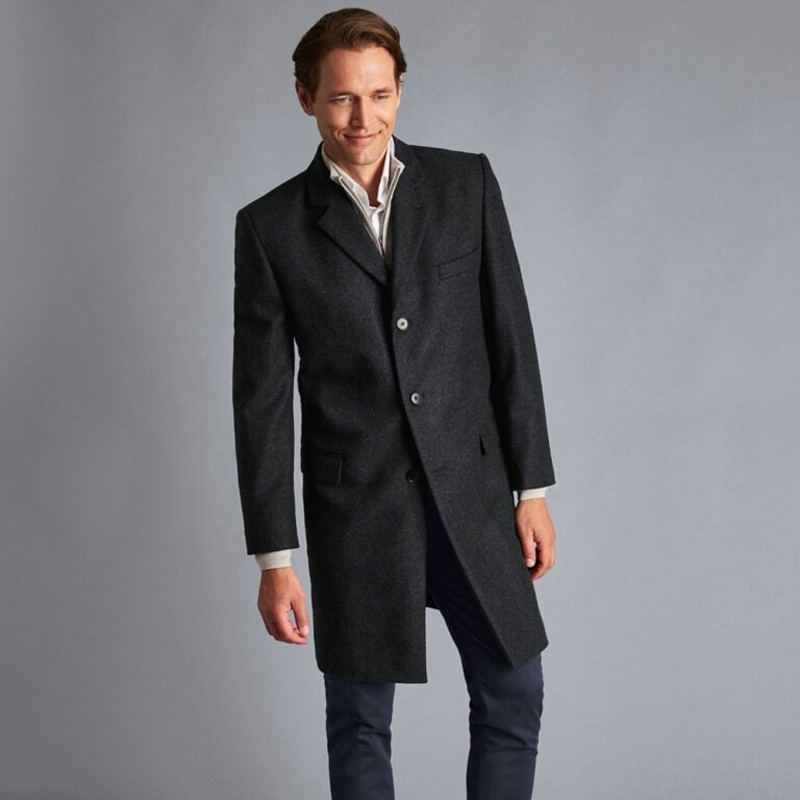
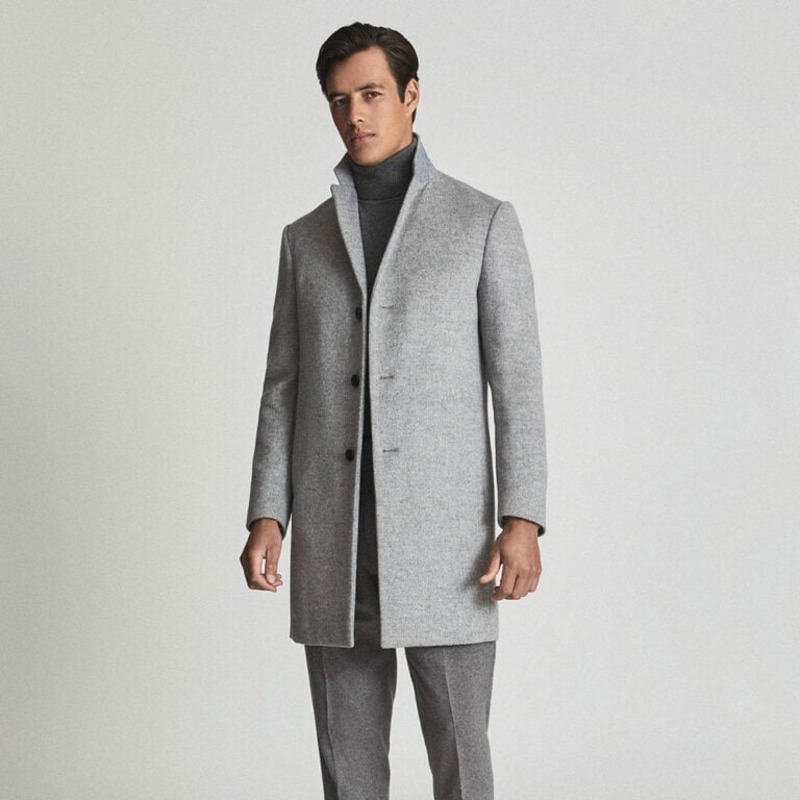 The History of the Frock Coat
The History of the Frock Coat